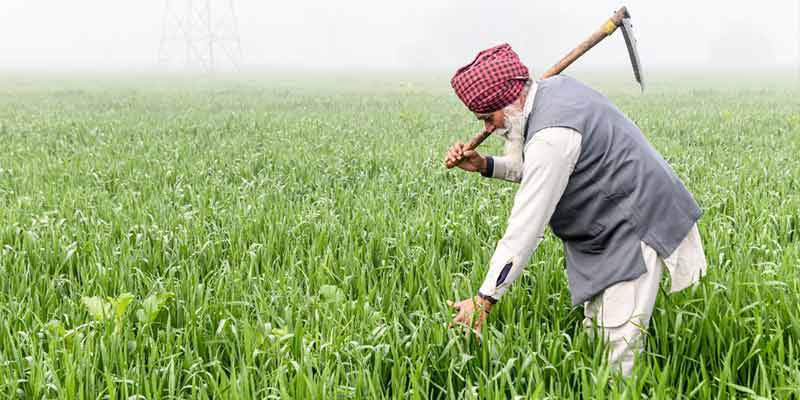- India
- Feb 05
Explainer / Soil Health Card scheme
The Soil Health Card scheme launched by the NDA government in 2014-15 in a bid to arrest the decline of soil nutrients has started bearing fruit. In the second phase of the scheme, 11.69 crore Soil Health Cards have been distributed to farmers in the past two years. The cards have enabled farmers to understand soil health parameters and improve productivity by the judicious application of soil nutrients.
Highlights
* A study by the National Productivity Council says the application of Soil Health Card recommendations has led to a decline of 8-10 per cent in the use of chemical fertilisers and also raised productivity by 5-6 per cent.
* Under the Soil Health Card scheme phase I (2015-17) 10.74 crore cards were distributed, while under phase II, 11.69 crore cards have been given away during the 2017-19 period.
* In the current financial year, a pilot project named Development of Model Villages is being implemented, under which the sampling and testing of cultivable soil is being encouraged in partnership with the farmers.
* Under the project, a model village has been selected for aggregation of soil samples and analysis of each agricultural holding. As part of the scheme, 13.53 lakh Soil Health Cards have been distributed during 2019-20.
* For setting up Soil Health Laboratories, states have been sanctioned 429 static labs, 102 mobile labs, 8,752 mini labs and 1,562 village-level labs; 800 existing labs have been strengthened.
* The scheme provides for the analysis of soil composition by state governments once every two years so that remedial steps can be taken to improve soil nutrients. Farmers can track their soil samples and also obtain their Soil Health Card report.
* While the Soil Health Management scheme has turned out to be a blessing for farmers, it is also creating jobs for agrarian youth.
* Under the scheme, village youth and farmers up to 40 years of age are eligible to set up Soil Health Laboratories and undertake testing.
* A lab costs up to Rs 5 lakh, 75 per cent of which can be funded by the central and state governments. The same provisions apply to self-help groups, farmers’ cooperative societies and agricultural producing organisations.
What is a Soil Health Card?
The Soil Health Card is a printed report that a farmer will receive for each of his holdings. It will contain the status of his soil with respect to 12 parameters, namely N, P, K (macronutrients), S (secondary nutrient), Zn, Fe, Cu, Mn, Bo (micronutrients) and pH, EC, OC (physical parameters). Based on this, the SHC will also indicate fertiliser recommendations and soil amendment required for the farm.
How can a farmer use an SHC?
The card will contain an advisory based on the soil nutrient status of a farmer’s holding. It will show recommendations on dosage of different nutrients needed. Further, it will advise the farmer on the fertilisers and their quantities he should apply, and also the soil amendments that he should undertake, so as to realise optimal yields.
Benefits
* The SHC has helped farmers to improve soil health and ultimately increase productivity.
* After getting the SHC, farmers have reduced N, P and K use (especially nitrogen) and increased micronutrients use, which helped them to increase fertility.
* It has helped farmers to diversify towards less input-intensive crops from more input-intensive crops like paddy and cotton.
* It has also helped farmers to find input substitutions.
* It has helped in the formulation of specific schemes like subsidised micronutrients from governments.
Manorama Yearbook app is now available on Google Play Store and iOS App Store

